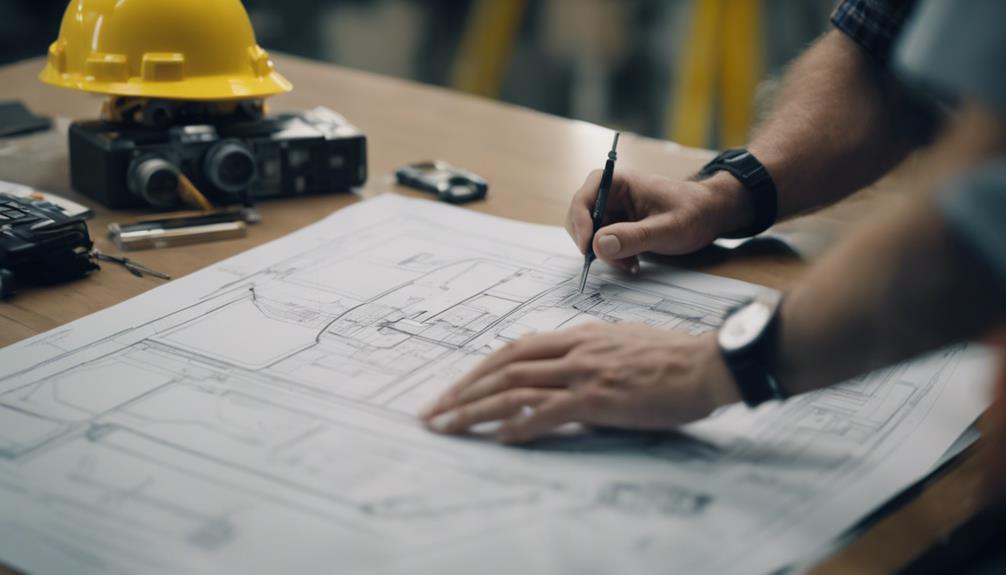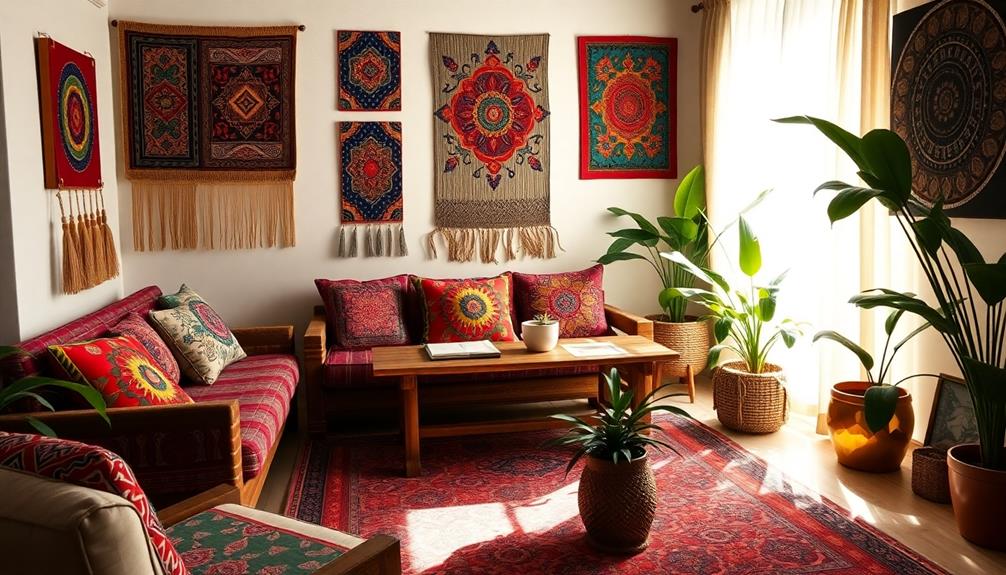Porter service is the key to effortless facility upkeep. A team of dedicated professionals ensures your place looks excellent all day long. From trash removal to lobby tidying, they handle it all, maintaining your reputation. Day porters tackle immediate cleanliness needs during business hours, preventing sudden cleanup emergencies. Curious to discover more about the advantages and duties of these unsung heroes?
Key Takeaways
- Porter service ensures continuous cleanliness and organization during business hours.
- Day porters handle basic cleaning tasks like trash removal and floor maintenance.
- Benefits include enhanced safety, operational efficiency, and a positive business image.
- Choose a service with well-trained porters, quality supplies, and insurance coverage.
- In the hospitality industry, porter services create positive first impressions and enhance guest satisfaction.
Definition of Porter Service
Porter service refers to the maintenance and cleanliness tasks performed by porters to uphold a well-presented facility during operating hours. These dedicated individuals play an essential role in enhancing the overall guest experience by ensuring that the environment is clean, organized, and welcoming.
By handling basic cleaning tasks such as lobby support and trash removal, porters contribute significantly to the overall guest experience. The reputation of a facility heavily relies on the cleanliness and professionalism portrayed, making the role of porters indispensable.
Their duties not only maintain a professional environment for staff but also create a positive impression on visitors. A well-maintained facility elevates the overall guest experience, leaving a lasting impact and enhancing the reputation of the establishment.
In essence, the work of porters goes beyond just cleaning; it's about creating an atmosphere that speaks volumes about the facility's standards and values. Their efforts are instrumental in shaping the reputation and value of the facility in the eyes of all who visit.
Day Porter Vs. Janitorial Service

When comparing day porters to janitorial services, you'll notice distinct operational differences. Day porters focus on immediate cleaning tasks during business hours, ensuring continuous maintenance.
Understanding these responsibilities and cleaning needs can help you choose the right service for your facility.
Day Porter Responsibilities
During business hours, day porters handle immediate cleaning needs to maintain a facility's presentable appearance, distinguishing their responsibilities from those of janitorial services performed after hours. Day porters focus on tasks like litter cleanup, sweeping, mopping, and vacuuming floors to maintain a clean environment throughout the day.
Additionally, they're responsible for event setup, light maintenance duties, and promptly responding to service calls as they arise. Unlike janitorial services that operate after hours, day porters are present during business hours to address any cleaning requirements immediately.
Operational Differences
Operational differences between day porters and janitorial services become evident in their respective roles and timing of cleaning tasks within a facility. Day porters focus on immediate cleaning needs during business hours, ensuring the facility is presentable for guests throughout the day. Tasks like litter cleanup, event setup, and light maintenance contribute to a positive guest experience upon arrival and departure.
In contrast, janitorial services primarily perform deep cleaning activities after hours to maintain the facility's cleanliness and hygiene standards. While day porters offer personalized services and address safety hazards during the day, janitorial services cover more extensive cleaning tasks to uphold the overall cleanliness of the facility.
The presence of day porters can prevent the need for urgent cleaning during off-hours, enhancing the facility's appearance and functionality for guests.
Cleaning Needs Comparison
Day porters and janitorial services differ in their approach to cleaning needs within a facility, each serving distinct purposes based on timing and tasks.
Day porters are responsible for handling immediate cleaning needs during business hours to maintain a presentable environment throughout the day. Tasks such as litter cleanup, event setup, and light maintenance fall under the domain of day porters.
On the other hand, janitorial services focus on more extensive and in-depth cleaning activities, such as floor waxing and carpet cleaning, which typically occur after operational hours. Janitorial services are pivotal for ensuring a deep clean of the facility beyond what day porters can accomplish during the day.
Duties of a Day Porter

As a day porter, you're responsible for maintaining the cleanliness and organization of common areas throughout the day. Your duties include tasks such as litter cleanup, floor maintenance, and responding to service calls promptly.
Cleaning and Maintenance
When performing cleaning and maintenance duties, day porters are responsible for ensuring the cleanliness and upkeep of common areas within commercial facilities. Their tasks include cleaning, disinfecting, and maintaining these shared spaces to create a pleasant environment for employees and visitors.
Day porters actively engage in litter cleanup, sweeping, mopping, and vacuuming floors throughout the day to uphold a high standard of cleanliness. Additionally, they handle event setup, light maintenance, and promptly respond to service calls to address any immediate needs.
Day Porter Responsibilities
One of the primary duties of a day porter includes guaranteeing the cleanliness and maintenance of common areas within commercial facilities. Day porters play an essential role in making sure that public spaces are kept clean, safe, and well-presented throughout the day.
By performing tasks such as litter cleanup, sweeping, mopping, and vacuuming floors, they help create a positive impression for everyone entering the facility. Day porters also handle event setups, light maintenance work, and promptly address service calls to ensure a seamless experience for all occupants.
Their responsibilities are crucial in guaranteeing that staff, tenants, and visitors feel valued and comfortable in the environment they're in. By maintaining a high standard of cleanliness and order, day porters contribute significantly to the overall well-being of the facility and leave a lasting positive impact on those who frequent it.
Benefits of Day Porter Services

Day porter services offer numerous advantages for maintaining a clean and professional environment during business hours.
Here are three key benefits of utilizing day porter services:
- Enhanced Safety: Day porters play an important role in ensuring the safety of your facility by promptly addressing spills, debris, or other hazards that could cause accidents. Their proactive approach to maintaining a clean environment minimizes risks and creates a safer space for everyone.
- Continuous Cleanliness: With day porters handling ongoing cleaning and maintenance tasks throughout the day, your facility remains consistently clean and presentable. This regular upkeep helps uphold a positive image for your business and fosters a pleasant environment for employees, customers, and visitors.
- Operational Efficiency: Having day porters onsite to address immediate cleaning needs can prevent the accumulation of dirt or mess, reducing the likelihood of urgent cleaning requirements during off-hours. This proactive approach enhances operational efficiency and allows your staff to focus on their core responsibilities without disruptions.
Choosing the Right Porter Service

To make sure you select the most fitting porter service for your needs, it's important to consider several key factors.
First and foremost, look for a porter service with positive reviews and a good track record to ensure quality service upon guests' arrival. Additionally, make certain that day porters are well-trained in the latest cleaning techniques and trends to provide effective maintenance services.
It's vital to choose a service equipped with state-of-the-art cleaning supplies and equipment to guarantee optimal results. Furthermore, verify that the porter service is fully insured to protect against property damage or injuries that may occur during service provision.
Importance of Guest Services and Porters

Quality guest services and porters are vital for guaranteeing customer satisfaction and fostering loyalty within the hospitality industry. When guests feel welcomed and valued, it sets the tone for a memorable experience.
Here's why guest services and porters play an important role:
- Creating Positive First Impressions: Porters are often the first point of contact for guests, providing assistance with luggage and offering a warm welcome. This initial interaction sets the stage for a smooth and pleasant stay.
- Personalized Guest Experiences: Porters go beyond just carrying bags; they provide valuable local insights, handle special requests promptly, and guarantee guests' needs are met. This personalized attention enhances the overall experience for guests.
- Enhancing Guest Satisfaction: By acting as brand ambassadors, porters contribute to guest comfort and convenience throughout their stay. Their attentive service and willingness to assist lead to higher satisfaction levels and increased loyalty from guests.
Frequently Asked Questions
What Is the Meaning of Porter Service?
Porter service involves providing assistance with luggage, maintaining cleanliness, and ensuring a professional environment in facilities. Choosing the right service can enhance appearance, safety, and functionality. Find the perfect fit for your needs!
Why Is Porter Service Important?
Porter service is important because it enhances guest experiences by providing personalized assistance with luggage handling. It contributes to guest satisfaction, loyalty, comfort, and safety. Porters act as problem solvers, offering valuable local knowledge and recommendations.
What Is Porter Service in Hotels?
In hotels, porter service involves staff assisting with luggage handling, transportation, and providing a personalized touch. Porters greet you, carry luggage, escort to rooms, and offer information about hotel services, enhancing your comfort and convenience.
What Does a Porter Do at the Airport?
At the airport, a porter assists with luggage transport, check-in support, bag wrapping, and customs declarations. They cater to individuals and groups, offering specialized services for impaired passengers. For £30, enjoy a personalized and efficient travel experience.
Conclusion
Porter services are like the unsung heroes of convenience, always there to make your day a little easier.
Just like a trusty key that reveals endless opportunities, porters reveal a world of efficiency and cleanliness for you.
So next time you see a porter, remember their symbol of convenience and appreciate the convenience they bring to your life every day.










